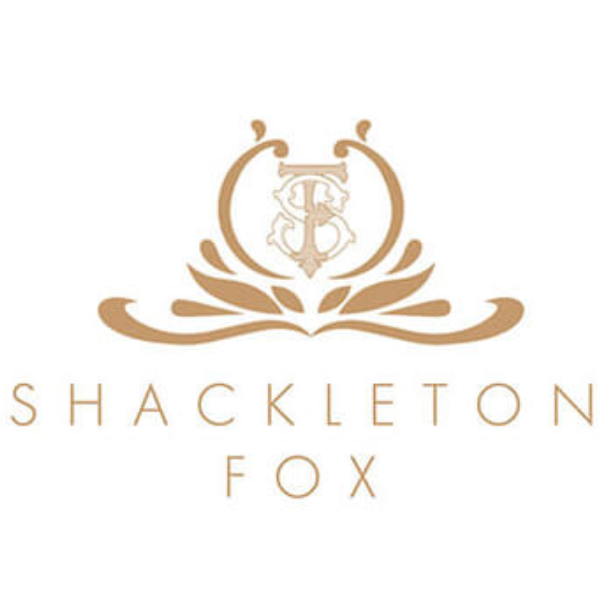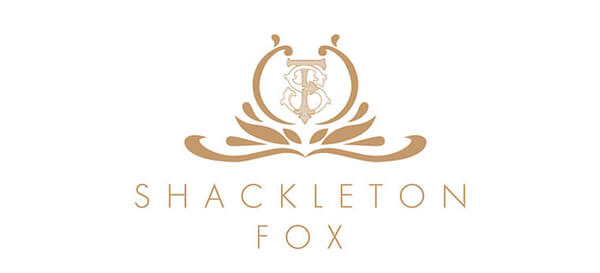Step into the enchanting world of antique mirrors, where reflections of the past come alive. From the mesmerising allure of antique brass mirrors to the artful craftsmanship of antique bronze, these exquisite treasures hold stories within their gleaming surfaces. Join us as we delve into the captivating history of antique mirrors, exploring the diverse periods and styles, the evolution of mirror plates including mercury glass, and the fascinating world of antiques in the UK.
The Mirror’s Passage Through Time
The history of mirrors begins with the ancient Egyptians and their fascination with polished metal surfaces as reflective mediums which created the first mirrors in copper. As civilizations evolved, so did the mirror-making techniques. Mirror production using polished stone emerged in Central and South America, while bronze became the preferred material for crafting mirrors in China and India. Even mercury has been used in the production of mirrors for a certain time until this metal has been discovered to be toxic. Modern mirrors, as we know it nowadays, it has only been invented in 1835 by Justus von Liebig.
Determining the Age of an Antique Mirror: Clues from Style and Features
As time progressed, different periods and styles emerged, each leaving its distinct mark on antique mirrors.
Rococo mirrors
The Rococo style, also known as “late Baroque,” emerged in the 1730s and captured widespread admiration. Mirrors reflecting the Rococo style typically feature substantial frames, often crafted from gilded plaster. The designs of this period are characterized by their intricate and ornate nature, frequently incorporating elements inspired by nature, such as shells, floral patterns, and leaf motifs.
Georgian and Regency mirrors
The design of Georgian and Regency mirrors drew inspiration from the neo-classical movement. Influential designers like Robert Adam and Thomas Hepplewhite embraced a style characterised by simplicity and elegance. These mirrors showcased clean lines and symmetrical ornamentation, often featuring neo-classical elements like laurel garlands and scrollwork. The choice of durable mahogany wood was prevalent during this period.
Gilding, a decorative technique, was commonly employed in Georgian and Regency mirrors. Many designs incorporated a pediment at the top, adorned with central motifs such as a spread eagle, an animal head, or even a sea shell. Pediments with vase motifs were also popular, as were metallic and marquetry inlays.
Victorian mirrors
Mirrors crafted during the Victorian era, spanning from 1837 to 1901 under the reign of Queen Victoria, exuded a distinct charm. These mirrors frequently embraced styles from previous periods and were renowned for their opulence and intricacy. Victorian mirrors typically feature elaborate carvings and bold decorations, making them the epitome of grandeur and artistic expression.
Art-nouveau mirrors
Taking inspiration from the beauty of the natural world mirrors crafted in the Art Nouveau style (1890-1910) showcase gentle, flowing lines and elegant motifs that portray elements of flora and fauna.
Art-deco mirrors
Exuding a sense of decadence and glamour, mirrors crafted in the Art Deco style of the 1920s often boast angular and symmetrical shapes, characterized by straight lines and minimal intricate details.
An In-depth Examination of Antique Mirror Styles
Wall mirrors
During the 1700s, large wall mirrors became highly sought after. British factories faced limitations in producing large mirrored plates, so when a glass tax prevented the import of wall mirrors from France, British manufacturers started assembling smaller pieces of glass into a single frame, creating the illusion of a larger mirror. In the early 19th century, smaller wall mirrors regained popularity, with convex mirrors becoming fixtures in upper-class dining rooms, where butlers used them to discreetly observe meal progress. Antique wall mirrors from the Victorian, Georgian, Art Nouveau, and Art Deco periods are still relatively accessible in the market today.
Handheld mirrors
Throughout history, mirrors have served both practical and symbolic purposes. In regions influenced by the Silk Road, handheld mirrors were utilised in rituals, funerary rites, and even entertainment. Handheld mirrors trace back to the earliest forms, with examples ranging from the glass mirrors with handles used by Romans to the decorative compact mirrors carried by Victorian ladies.
Dressing table or ‘toilet’ mirrors
The origins of dressing tables can be traced back to ancient Egypt, but they gained popularity as coveted furniture pieces among affluent Europeans in the late 1600s. Carpenters in Italy and France started producing designs that incorporated internal mirrors, and notable examples include Jean-François Oeben’s mechanical table, crafted for Madame de Pompadour. Free-standing mirrors designed to sit atop dressing tables, known as toilet mirrors, emerged in the 17th century. Often made from dark wood, some featured a small drawer for storing jewellery or toiletries.
Cheval mirrors
Named after the French word for “horse” due to their four-legged structure, cheval mirrors are essentially larger versions of toilet mirrors. These ornate yet functional mirrors, frequently full-length, originated in Paris and gained popularity during the 19th century. Victorian cheval mirrors were often constructed from mahogany or walnut and showcased relatively thick wooden frames adorned with intricate carvings. In contrast, Art Deco cheval mirrors tended to feature thinner frames or no frames at all, with a base consisting of a solid block of wood.
Unveiling the Mystique of Mercury Glass Vs Silvered Glass
From the 16th to the early 20th century, the production of glass mirrors relied primarily on the use of tin-mercury amalgam. This involved applying tin foil and liquid mercury onto glass, resulting in a two-phase amalgam composed of tin-mercury crystals surrounded by a liquid rich in mercury.
Differentiating between mercury-containing mirrors and silvered mirrors can be challenging. Pre-20th century mirrors are likely mercury amalgam mirrors, while silvering, which involves depositing silver on glass, became prevalent in the mid-19th century. Identifying mercury mirrors often occurs when mercury droplets are found on the frame or surrounding areas. Occasionally, visible beads of liquid mercury can be observed beneath the glass.
In cases where liquid mercury is not visible, alternative identification methods exist. Scientific techniques like X-ray Fluorescence (XRF) can confirm the presence of mercury. Alternatively, mercury and silver mirrors can be distinguished by subtle variations in colour and reflectivity. Mercury mirrors reflect less light and have a bluish appearance, while silver mirrors appear more yellow. Placing a thin piece of paper over the mirror can enhance these distinctions, with the paper appearing paler and brighter over the silver mirror.
Tips for Maintaining Antique Mirrors
When it comes to preserving the beauty and value of your antique mirrors, there are important steps you can take, especially to not ruin or de-value your piece. If you notice deterioration in the silver backing (referred to as “Foxing,” characterized by a misty or fragmented appearance), it’s crucial to proceed with caution. Before attempting any repairs, it’s recommended to conduct thorough investigations, as restoration efforts can potentially impact the piece’s value, especially in the case of very early examples. Seeking advice from an expert is essential to determine whether repairing the silver will affect the piece’s originality, as some collectors prioritize acquiring items with the original components.
Maintaining Your Mirror’s Wood Frame: Cleaning Techniques
For cleaning and revitalising the wood frame of your antique mirror, take a clean cloth and apply polish revive, then gently rub the cloth in the direction of the wood grain. This method effectively eliminates years of accumulated dirt while preserving the original patina. Once the dirt is lifted, complete the process by applying high-quality beeswax for a polished finish.
Effective Approaches for Cleaning Mirror Glass
The first method for cleaning the glass of your antique mirror is wiping it with a lint-free linen cloth dampened with methylated spirits. Another option is to use a lint-free cloth moistened with lukewarm water and a few drops of ammonia to wipe the glass. Alternatively, you can lightly moisten a lint-free cloth with paraffin and wipe the glass. Although effective, this method may leave a lingering scent of paraffin in the air for some time.
Regardless of the chosen method, it is crucial to prevent any moisture from seeping behind the glass, as this can lead to further deterioration of the silvering, and therefore diminish the value.
It’s worth noting that some foxing on the mirror adds to its character and should be appreciated. We highly recommend avoiding the replacement of old glass unless absolutely necessary.
However, if you desire the original glass without any foxing, you can try the following technique:
Remove the glass and scrape off all the old silver from the back. Obtain a thin piece of modern mirror cut to the same shape. When pressed onto the old glass, it creates a vacuum effect and adheres to it, allowing you to retain the benefits of the original mirror while making it usable again.
In conclusion
Today, antique mirrors continue to captivate and inspire. Their timeless beauty and historical
significance make them cherished heirlooms, sought-after collector’s items, and exquisite
additions to interior decor. Whether as focal points or subtle accents, antique mirrors create
a sense of elegance and nostalgia, bridging the gap between past and present.
Explore our extensive mirrors catalogue showcasing a captivating array of timeless pieces that embody history, artistry, and exceptional craftsmanship.







